High noise levels in electric toothbrushes can signal mechanical inefficiencies that not only annoy users but may also compromise cleaning efficacy, especially if the device’s water resistance features are compromised by vibration-induced seal fatigue. In this post, we explore six factors linking sound output to actual plaque removal and offer guidance for B2B manufacturers to design quieter, more effective products.
First, louder handles often indicate excessive motor vibration:
By analyzing acoustic spectra during R&D, engineers can balance rotor mass to maximize bristle-to-enamel force, not noise.
Moreover, users react to loud devices in ways that impair brushing technique:
Designing handles with lower decibel output improves user adherence to correct duration and pressure, boosting overall cleaning efficacy.Company web: https://www.powsmart.com/product/electric-toothbrush/
Beyond annoyance, high-amplitude vibrations accelerate seal wear:
Robust seal design and elastomer damping preserve water resistance and quiet operation over device lifetime.
Next, lab testing reveals that:
Optimizing motor windings and cooling paths reduces both noise and power drain, sustaining cleaning efficacy.
Manufacturers can integrate smart controls to mitigate noise without sacrificing performance:
These software-driven techniques complement mechanical damping for a perceptibly quieter, more effective brush.
Finally, B2B manufacturers and channel partners should:
By positioning quiet operation as a proxy for long-term cleaning efficacy and reliable water resistance, partners can drive higher adoption and satisfaction.
Conclusion
Excessive noise levels in electric toothbrushes are more than a nuisance—they often herald reduced cleaning efficacy and accelerated seal wear that compromise water resistance. Through acoustic optimization, user-centric smart modes, and clear B2B positioning, manufacturers can deliver products that clean better, last longer, and delight users quietly. Contact us to explore integrated noise-reduction and performance-testing solutions for your next-generation lineup.
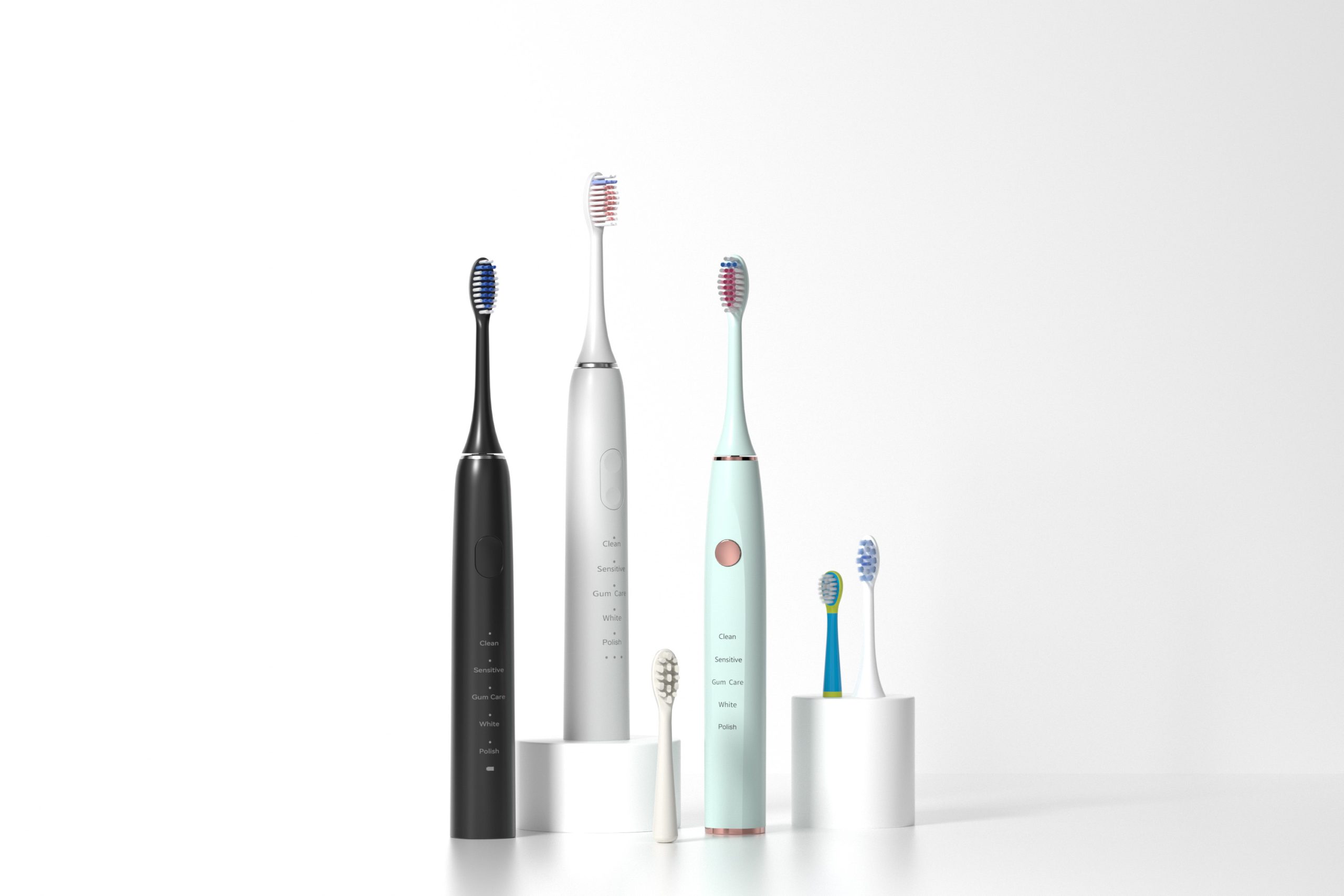
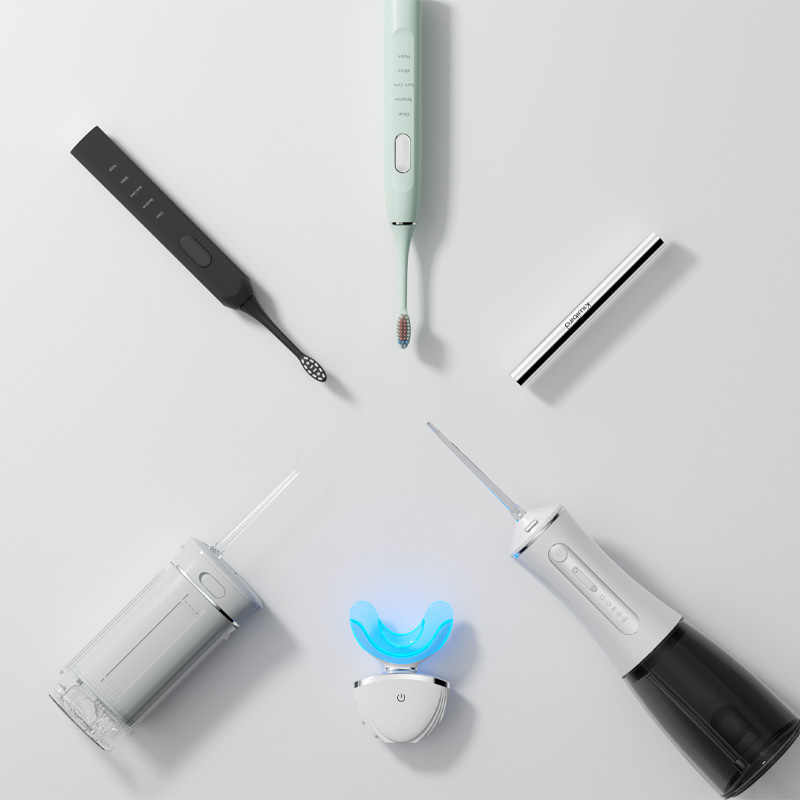
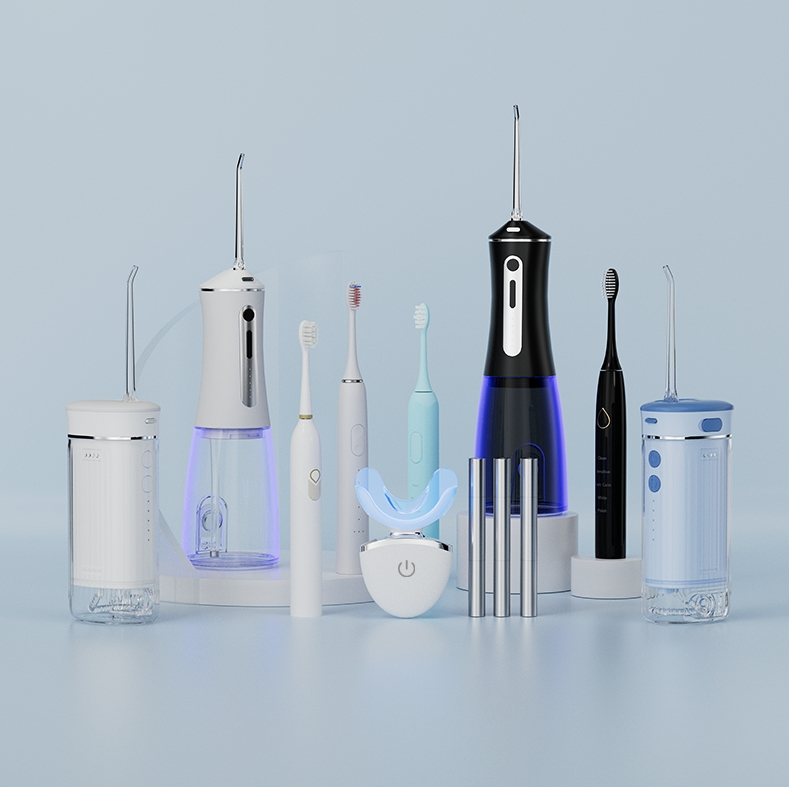
How Can Oral Care Products Achieve Both Compliance and Good Appearance?
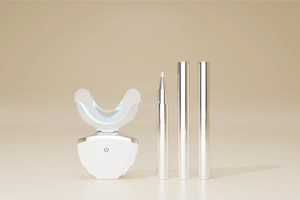
Complete Analysis of Teeth Whitening Gel Ingredients: Safe Hydrogen Peroxide Levels, Desensitizing Agents & pH Balance
Why Home Treatments Risk Stain Residuals?
Why Is Your Device Stuck in Frequency Instability and Smart Timer Malfunction?
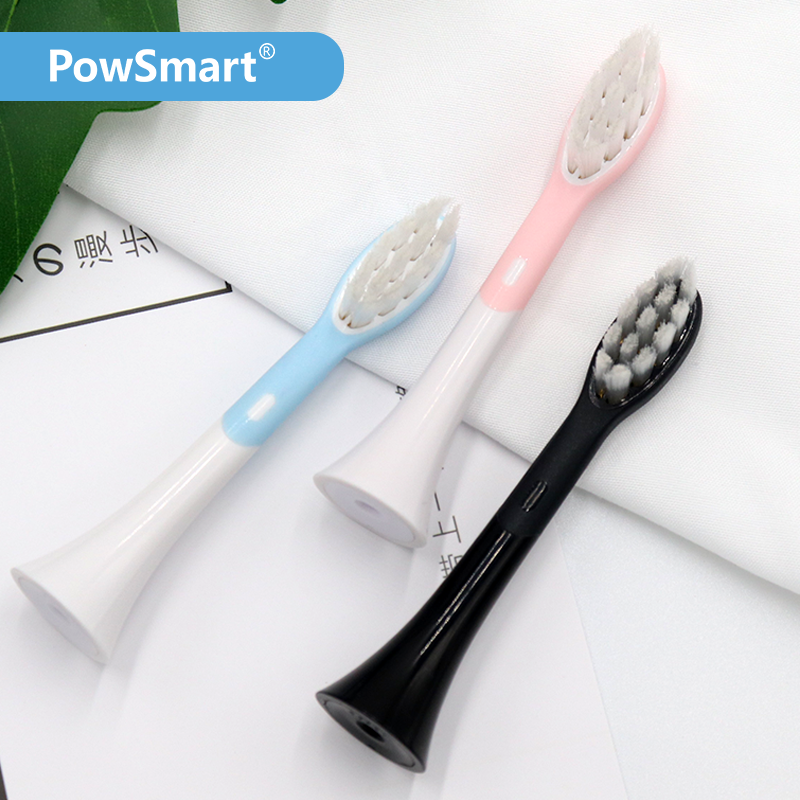
Are Electric Toothbrush Heads Universal?
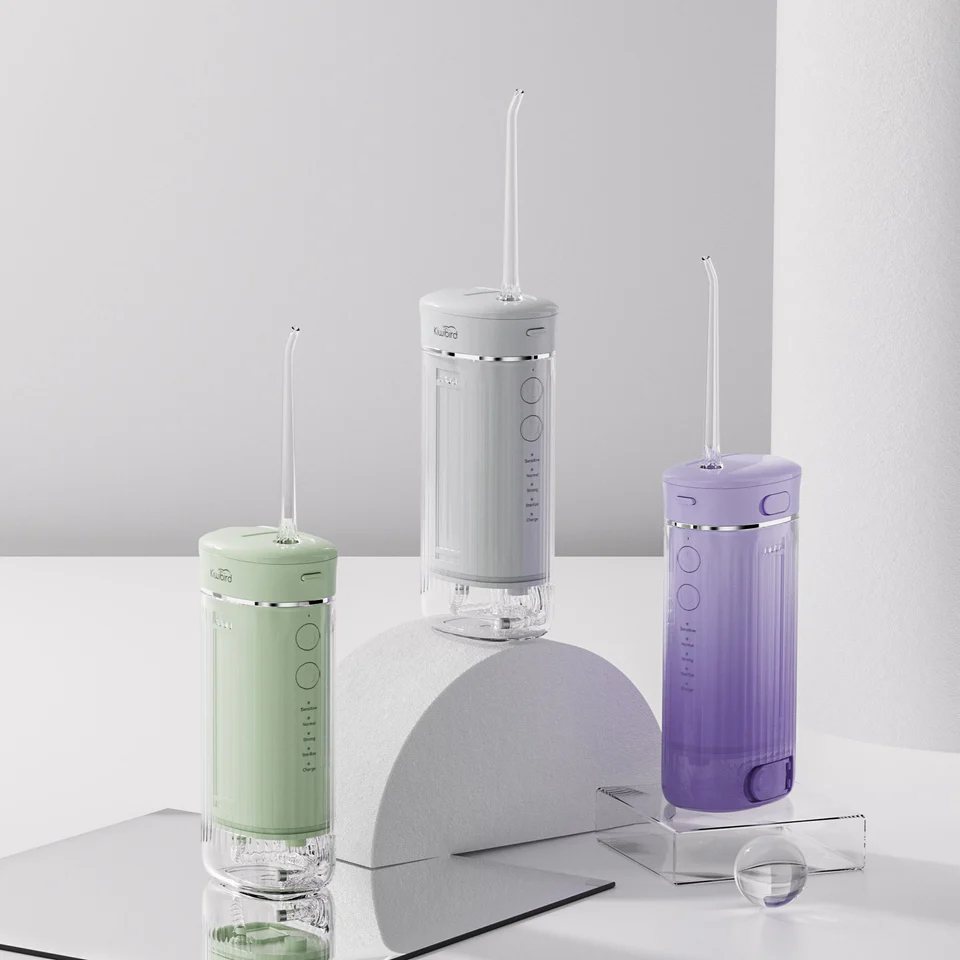
Tips for Preventing Mold in Water Flosser Tanks
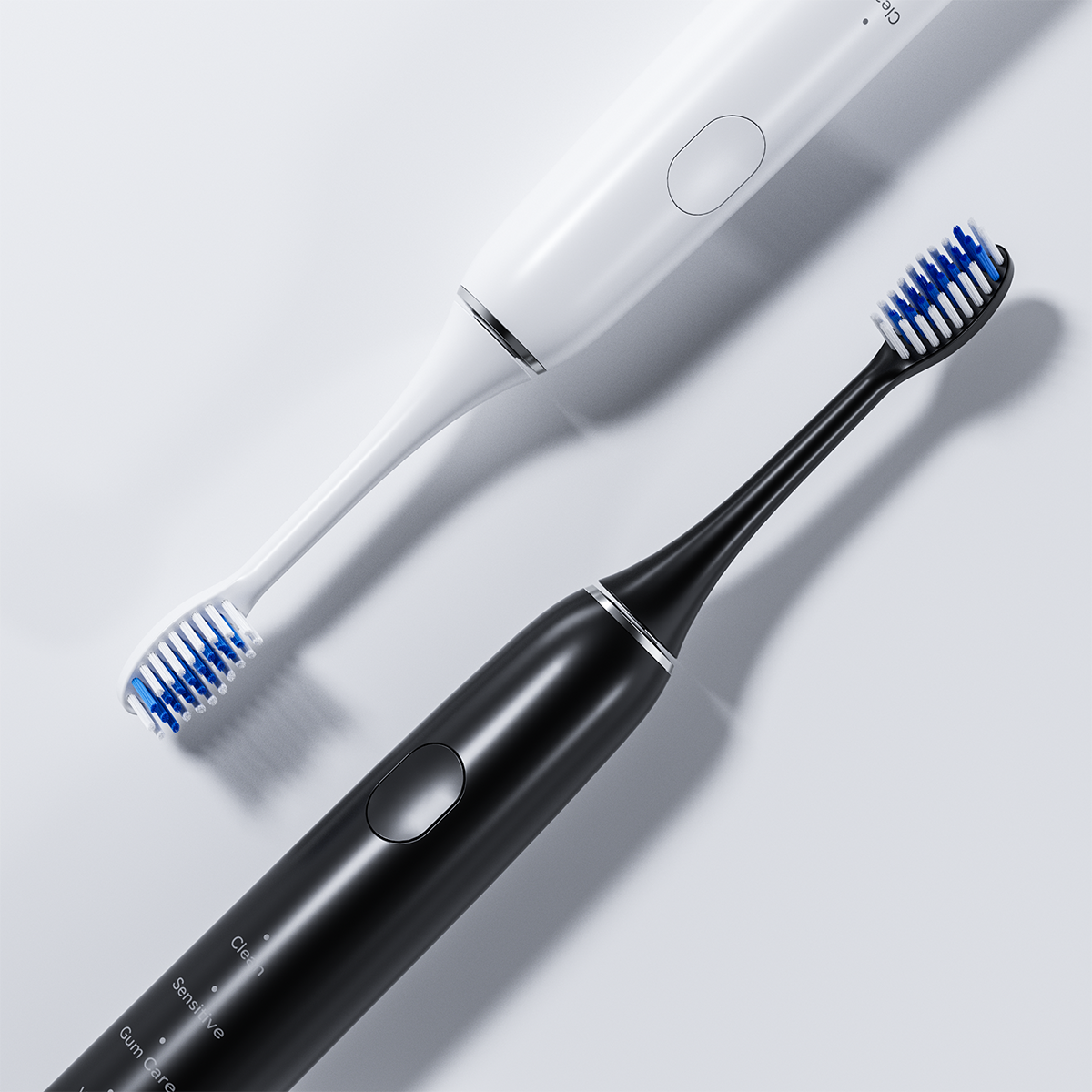
Waterproof & Fast Charging? Inside High-End electric Toothbrush Charging Stations
.jpg)
Why Boston clinic recommended brushes help Boston sensitive gums
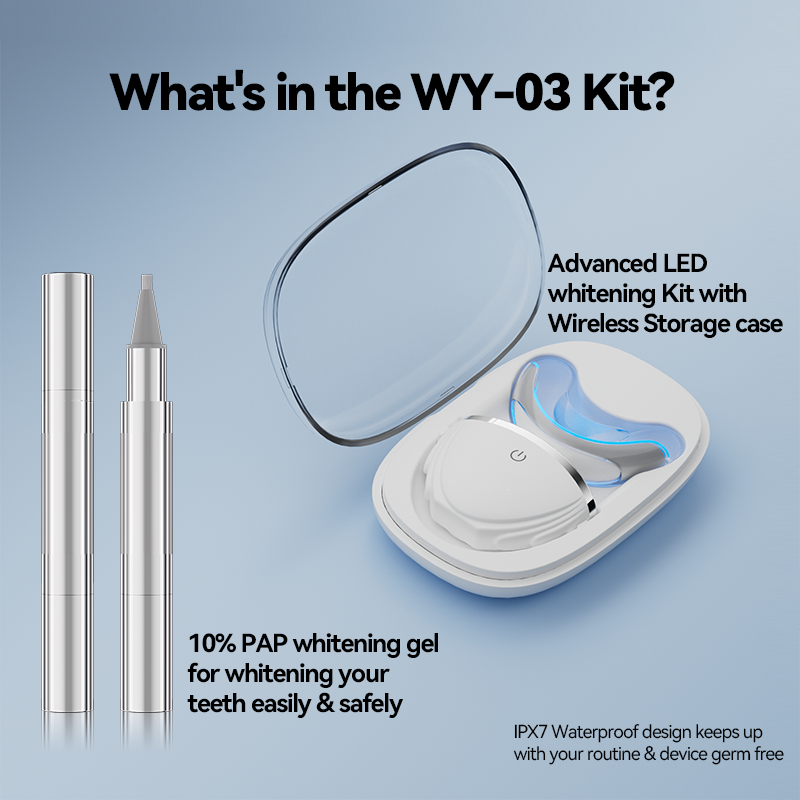
Red and Blue Light Teeth Whitening Device Aging Test Standard: 500 Hours of Continuous Working Reliability Verification
Is Your Electric Toothbrush Losing Power Too Fast?
Are Brush Head Compatibility Issues Hiding Liquid Residue Buildup?
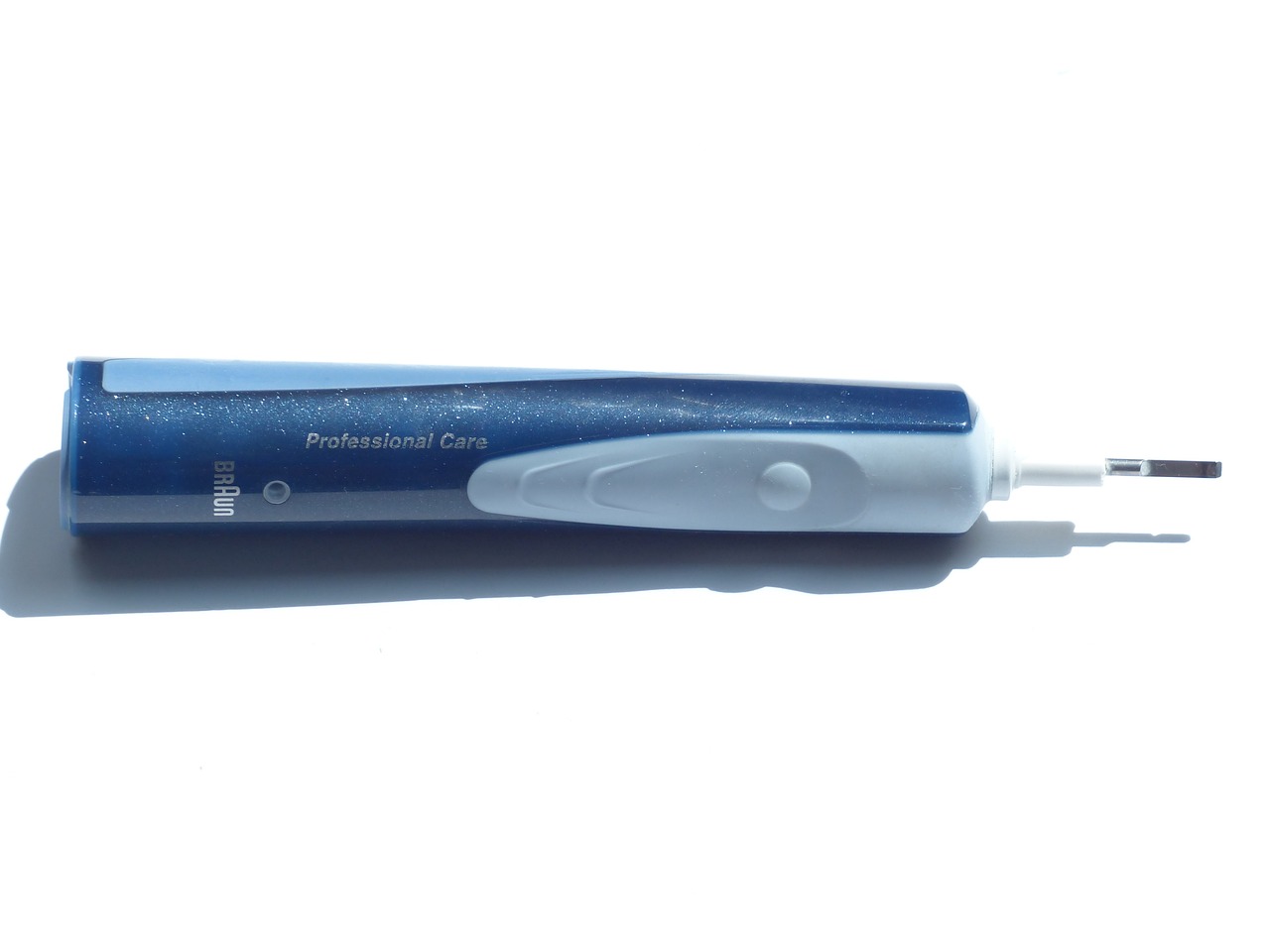
7 Reasons to Start Your Electric Toothbrush Business in 2023
-1-scaled.png)
How Red Light Therapy Boosts Gum Health in Advanced Oral Care Products

Small Batch Purchase of Red and Blue Light Teeth Whitening Devices and OEM Factory Sourcing Strategy
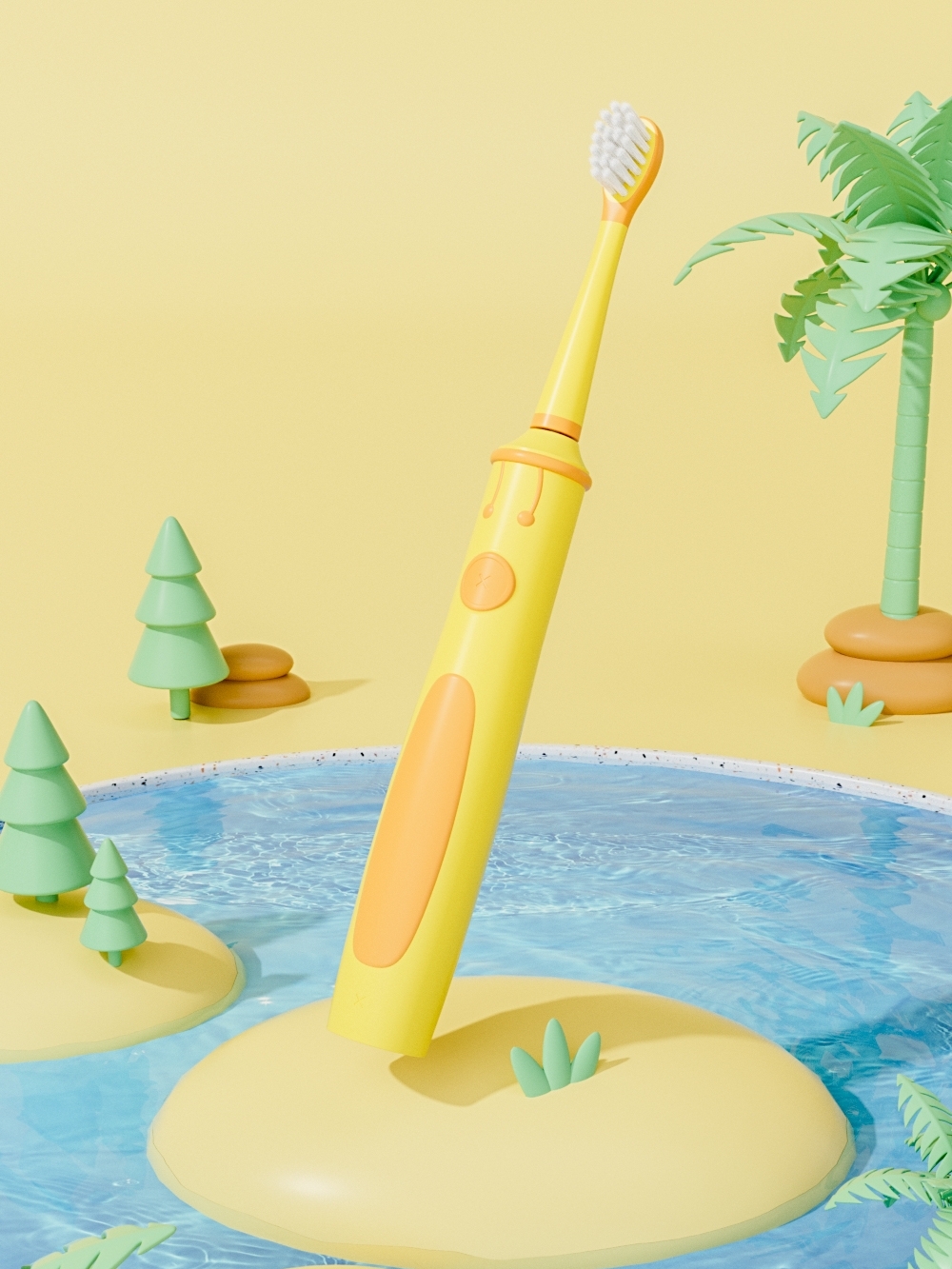
Gingival Abrasion with Saliva Depletion – A Silent Crisis in Oral Care Design?
How to Clean Dirty Ports and Seal Deterioration?

electric toothbrush heads Charcoal Infuse-Round
.jpg)
Florida Electric Toothbrush – Powsmart PTR-C8

Private Label Whitening Gel

electric toothbrush heads Ultra Soft

electric toothbrush heads Regular Clean

electric toothbrush heads Deep Clean

Electric toothbrush heads Charcoal Infused-Diamond

Customization Teeth Whitening Gel
whstapp
whstapp
National Toll-Free Service Hotline
+86 755 86238638